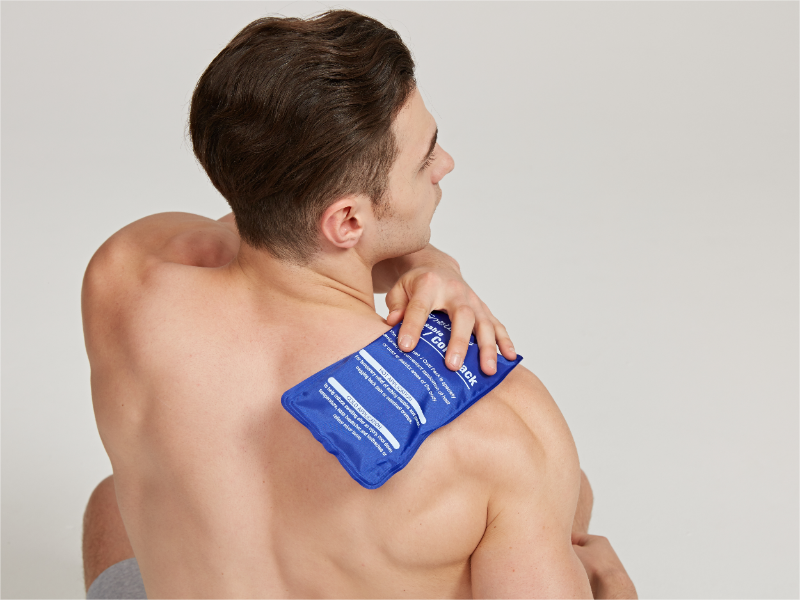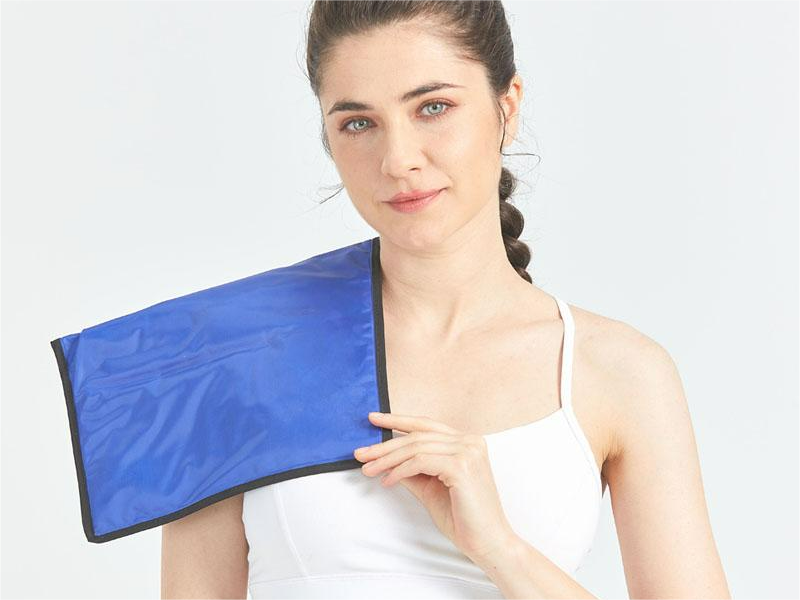Flexibility and moldability: Chilled packs that don’t freeze solid can conform better to the shape of the body, providing better coverage and contact with the affected area.
Comfort during application: Packs that remain flexible are generally more comfortable to apply, as they can mold to the contours of the body without feeling overly rigid or uncomfortable.
Reduced risk of tissue damage: Chilled packs that do not freeze solid are less likely to cause tissue damage or frostbite compared to packs that freeze into a rigid state.
Longer cooling duration: Packs that stay pliable tend to have a longer cooling duration compared to rigid ice packs. This extended cooling time can be beneficial for extended periods of cold therapy.
However, it’s essential to refer to the instructions provided by the manufacturer or consult a healthcare professional to ensure you are using the cold therapy pack correctly and getting the desired therapeutic benefits. Different packs may have specific guidelines for their optimal usage.
Post time: Jun-16-2023






